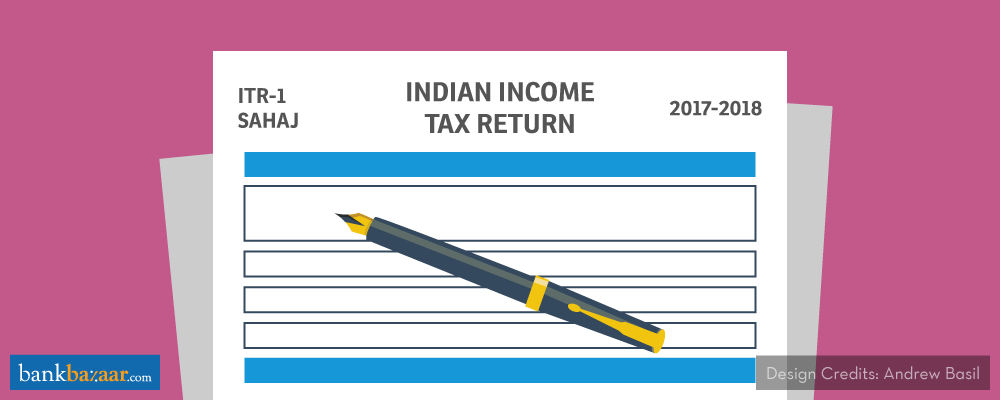
In a move to make the tax filing process more convenient, the Central Board of Direct Taxes (CDBT) has redesigned the ITR forms for the assessment year 2017-18. Here is all that you need to know to file your tax returns successfully.
Decoding assessment year and financial year
First timers often get confused between assessment year and financial year. While a financial year or FY refers to the year in which you have made an income, assessment year or AY refers to the year in which you file for your returns. For example, the financial year for the income earned between April 1, 2016 and March 31, 2017 will be 2016-17 and the assessment year will be 2017-18.
Tax slabs and rates for FY 2016-17 (AY 2017-18)
| General category* | Tax Slabs | Senior citizens (60 and above but below 80)* | Tax Slabs | Super senior citizens (80+)# | Tax Slabs |
| Rs. 0 to 2.5 lakh | Nil | Up to 3 lakh | Nil | Up to 2.5 lakh | Nil |
| Rs. 2.5 lakh to 5 lakh | 5% | Rs. 3 lakh to 5 lakh | 5% | Up to Rs. 5 lakh | Nil |
| Rs. 5 lakh to 10 lakh | 20% | Rs. 5 lakh to 10 lakh | 20% | Rs. 5 lakh to 10 lakh | 20% |
| Rs. 10 lakh and higher | 30% | Rs. 10 lakh or more | 30% | Rs. 10 lakh or more | 30% |
* – Surcharge of 10% of tax, if income is over Rs. 50 lakh, or 15% if over Rs. 1 crore, plus 3% cess of income tax on all slabs. # – Surcharge of 15% of tax, if income is over Rs. 1 crore, plus 3% cess of income tax on all slabs.
Income tax return essentials for AY 2017-18
One significant change this year is that the new ITR Sahaj form is compressed into a single page. The ITR 2, ITR 2-A and ITR-3 forms have all been converted into one single form and renumbered as ITR 2. The ITR 4 and ITR 4s (Sugam) forms have been renumbered as ITR-3 and ITR 4 (Sugam).
The process and date of filing ITRs remain unchanged. All ITR forms would have a dedicated column seeking details of any cash deposit exceeding Rs. 2 lakh during the demonetisation drive between November 9, 2016 and December 30, 2016. For those claiming Home Loan interest deductions under Section 80EE, there is a new field added in all ITR forms under Schedule VI-A.
Process
While there have been changes in ITR forms, the process of filing tax returns remains unchanged. All individuals with income less than Rs. 5 lakh without any refund claims can file their returns through electronically-filled out forms except for the ones who are 80 years of age and above.
Here is a list of various income tax return forms. You can choose the applicable form depending on your income type.
ITR 1 (Sahaj): For those earning income from salary, pension or property and other sources up to Rs. 50 lakh, the ITR 1 (Sahaj) form is applicable. ITR 1 (Sahaj) is now a simplified one page form with dedicated sections for deductions under Section 80c, 80D, 80G and 80TTA. Other deductions can simply be mentioned with the amount details.
ITR 2: Any individual or Hindu Undivided Family (HUF) with income from salary, house property, capital gains or other sources excluding lottery or race winnings can file for returns through ITR form 2. This form is not, however, applicable for the ones with business income.
ITR 3: What used to be called ITR 4 is now renamed as ITR 3. Effectively the form is applicable to any individual or HUF having income from proprietary business, salary or as a partner from a partnership firm.
ITR 4S Sugam: Individuals or HUFs with business or professional income with no foreign asset, income from one house property or capital gains can file for returns through ITR 4 (Sugam). The form is to be used for filing taxes using presumptive income method for business or profession.
You can download the ITR form from the IT department website. When in doubt, consult your tax planner or accountant.
Additional Reading: Income Tax Changes You Should Be Aware Of